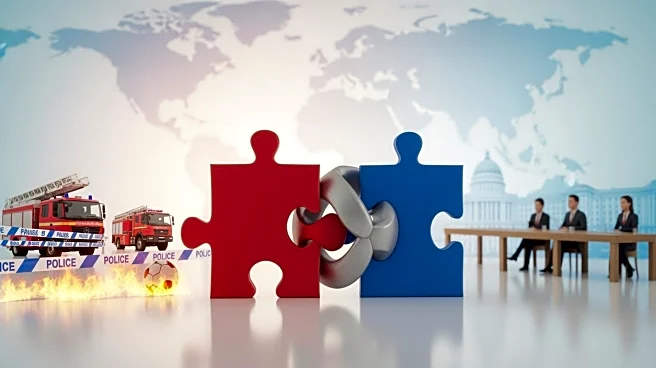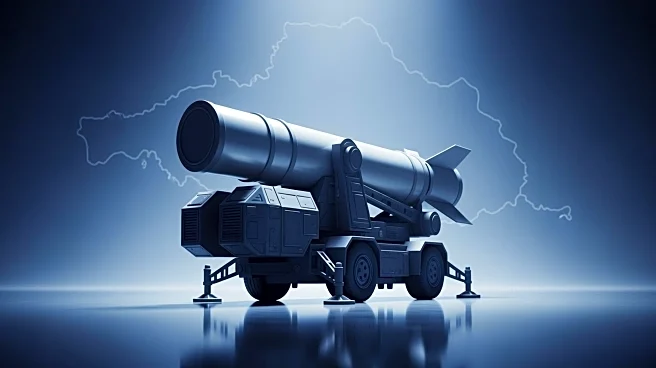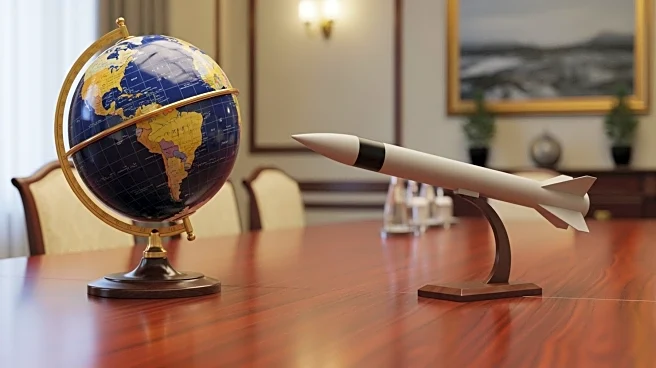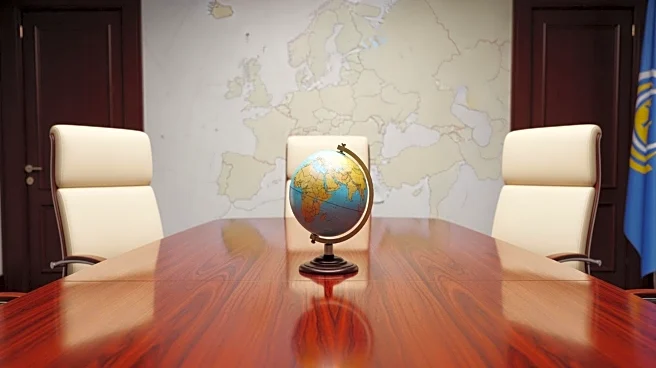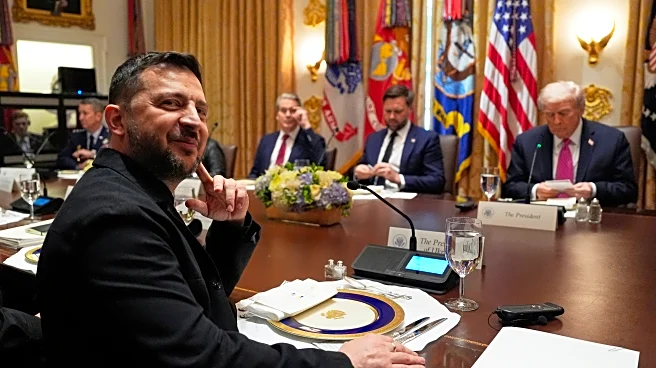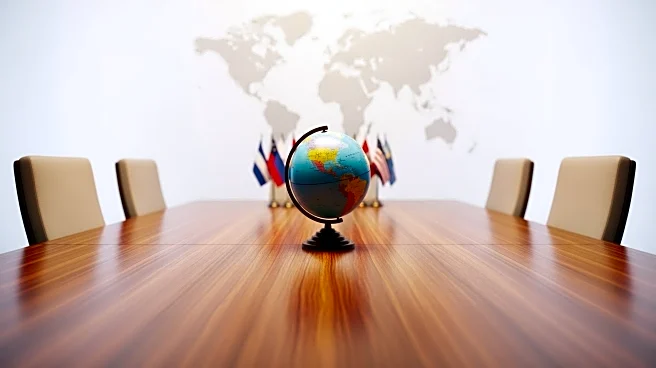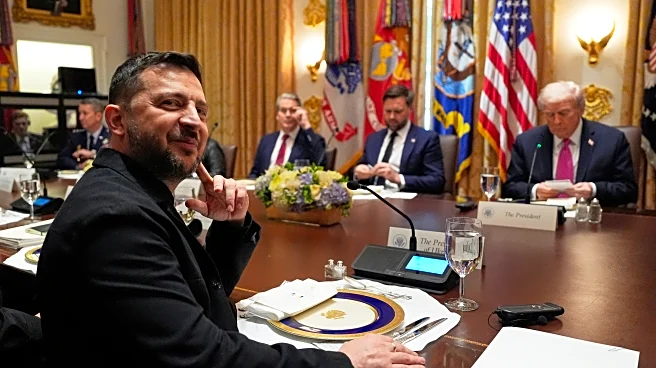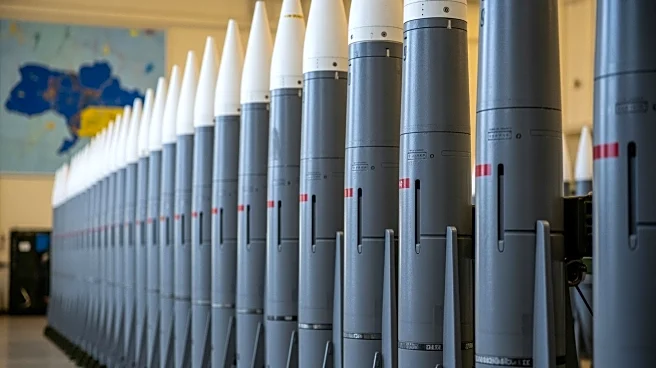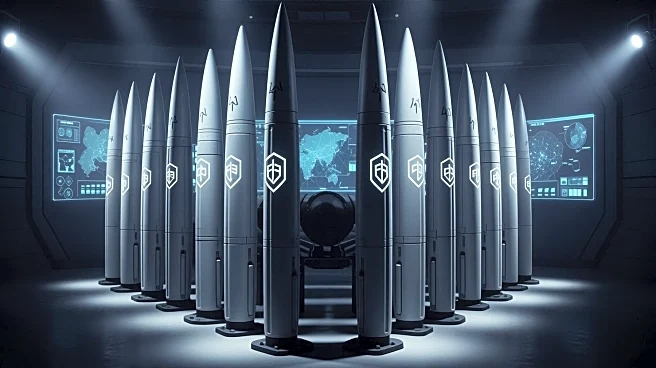What's Happening?
President Donald Trump met with Ukrainian President Volodymyr Zelensky at the White House, where discussions centered around the ongoing conflict between Ukraine and Russia. Trump, following a two-hour
phone call with Russian President Vladimir Putin, expressed his belief that Putin is open to negotiations to end the war. Zelensky, while open to peace talks, emphasized the need for increased pressure on Russia and called for bilateral security guarantees from the United States. He also reiterated Ukraine's desire for NATO membership. The meeting highlighted the complex dynamics of diplomacy and military aid as the conflict continues nearly three years after Russia's full-scale invasion of Ukraine.
Why It's Important?
The meeting between Trump and Zelensky is significant as it comes at a time when Ukraine is seeking advanced military support, including long-range Tomahawk missiles, to enhance its defense capabilities. The provision of such weaponry could escalate the conflict, impacting U.S. and Russian relations. Trump's discussions with both Putin and Zelensky underscore the delicate balance of diplomacy and military strategy in U.S. foreign policy. The potential supply of Tomahawk missiles to Ukraine raises concerns about further escalation and the financial and logistical challenges involved. The outcome of these discussions could influence the future trajectory of the conflict and U.S. involvement in European security matters.
What's Next?
President Trump is planning a summit in Budapest to meet separately with Putin and Zelensky, positioning himself as a mediator in the conflict. The decision on whether to supply Tomahawk missiles to Ukraine remains pending, with Trump weighing the implications for U.S. defense needs. The proposed summit could pave the way for direct negotiations between the involved parties, although Ukraine's participation in the Budapest talks is not yet confirmed. The international community will be closely monitoring these developments, as they could have significant implications for the resolution of the conflict and the broader geopolitical landscape.
